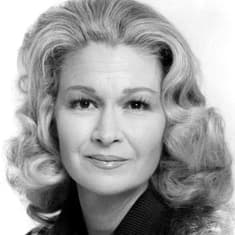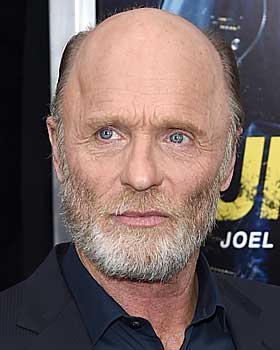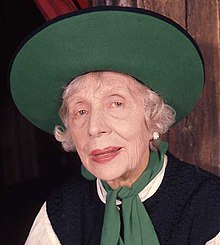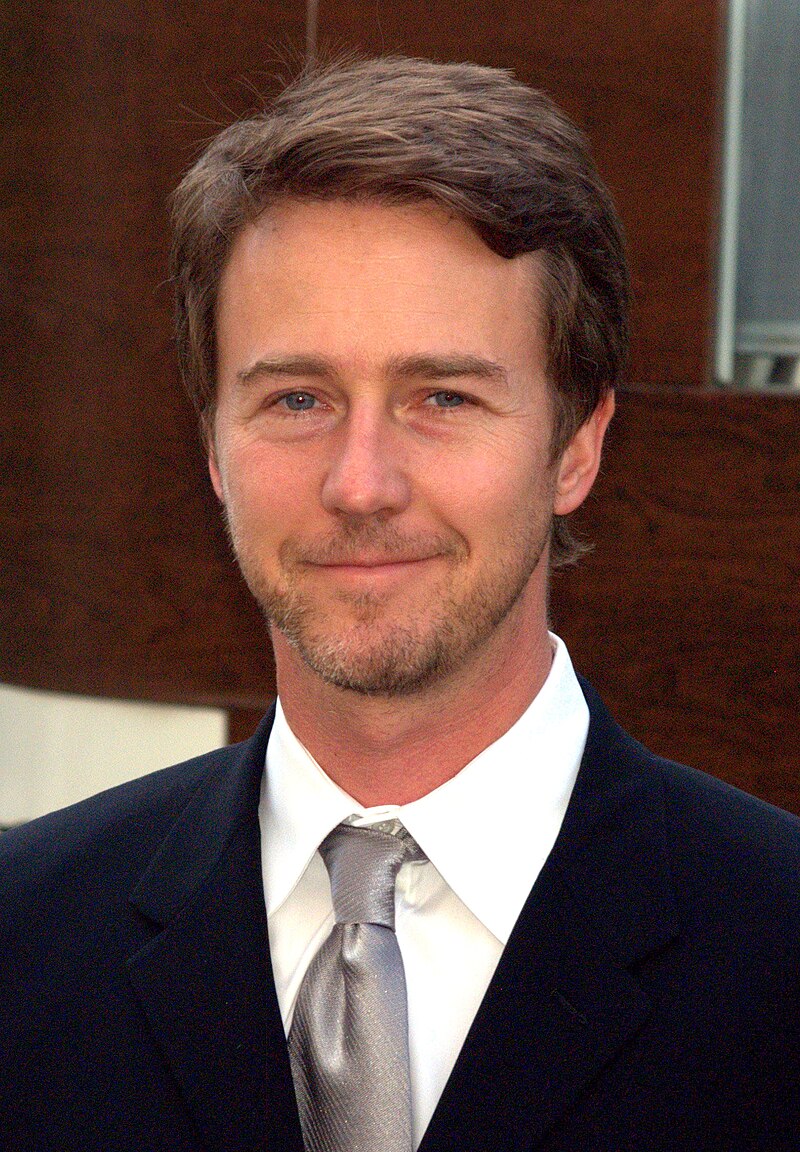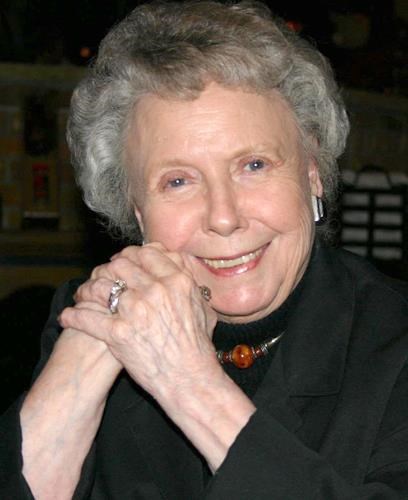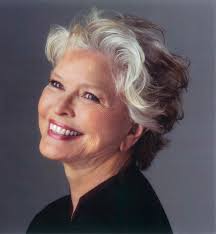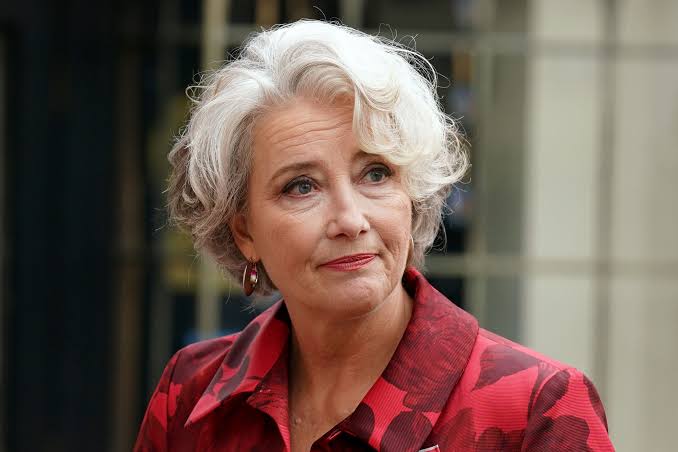Fay Okell Bainter (December 7, 1893 – April 16, 1968) was an American film and stage entertainer. She won the Academy Award for Best Supporting Entertainer for Jezebel (1938) and has a star on the Hollywood Walk of Fame. She was an American entertainer known for her adaptability. She got two Oscar selections around the same time (1939): One for Best Entertainer in a Leading Job and one more for Best Entertainer in a Supporting Job. The movies were “White Standards” (driving) and “Jezebel” (supporting). Bainter won the Best Supporting Entertainer grant for her job in “Jezebel,” making her the primary entertainer to be named in both acting classifications around the same time.

Early life
Bainter showed up in front of an audience in 1908 in “The County Chairman” at Morosco’s auditorium in Burbank, California. She was a touring stage actress in 1910. Her Broadway debut was in the role of Celine Marinter in The Rose of Panama (1912). P. G. Wodehouse, checking on “Go to One Side” in Vanity Fair in 1916, stated, “Miss Bainter’s coming from no place and her moment achievement structured the season’s greatest sensation. She showed up in various effective plays in New York, for example, East Is West, The Willow Tree, and Dodsworth. In 1926, she showed up with Walter Abel in a Broadway creation of Channing Pollock’s The Foe. MGM convinced her to attempt movies, and her film debut was in This Side of Paradise (February 1934). Additionally, in 1934, she showed up in Dodsworth on Broadway and in the film It Happened One Day. She became the first performer to receive two Oscar nominations in the same year in 1939, competing for both Best Actress for White Banners (1938) and Best Supporting Actress for Jezebel (1938), winning for the latter. In 1940, she played Mrs. Gibbs in the film adaptation of the Thornton Wilder play Our Town. Bainter quickly rose to prominence in the film industry. In 1945, she played Melissa Frake in the Rodgers and Hammerstein melodic State Fair. She was again designated as Best Supporting Artist for her part in The Kids’ Hour (1961).
THE CHILDREN’S HOUR (1961), coordinated by William Wyler
Wyler’s change of his own 1936 form of Lillian Hellman’s play, re-named “These Three,” reestablishes Hellman’s subject of lesbianism missing from the prior adaptation. Audrey Hepburn, Shirley MacLaine, and James Earn have the starring roles as the two instructors and life partner of one of them whose lives are demolished by a student’s falsehoods Miriam Hopkins plays the auntie of the person she played in the previous adaptation with Merle Oberon and Joel McCrea, played here by MacLaine. Bainter plays the grandma of the whelp. Fundamentally, an unsympathetic person, the lady’s regret at what she has done, is splendidly conveyed by Bainter in one of the film’s most paramount scenes.
Later career
Numerous entertainers who had been enormous players during the 1930s and 1940s got on board with the TV bandwagon during the 1950s as their alluring film professions started to slow down. Fay was no special case. She made her first small-screen appearance in 1949 in “The Ford Theatre Hour,” and she continued to do so throughout her entire career in shows like “Schlitz Playhouse,” and “The Ford Television Theatre” in 1954. “Lux Video Theatre” between 1950 and 1955, “Armstrong Circle Theatre” between 1953 and 1955, “The Donna Reed Show” in 1962, and “The Alfred Hitchcock Hour” in 1965. What’s more, she returned victoriously to her most memorable love, the stage, in 1958. When she showed up in the travel agency of ‘Drawn Out Day’s Excursion Into Night’ by Eugene O’Neill.
FAY BAINTER’S OSCAR designations
White Banners(1938).
Jezebel (1938) – Oscar.
The Kids’ Hour (1961).
You may also like these articles
Leonardo DiCaprio. The best films. Career. Charity. Oscars
Samuel L. Jackson’s impact on the film and television industry
Michael B. Jordan’s impact on the film and television industry
